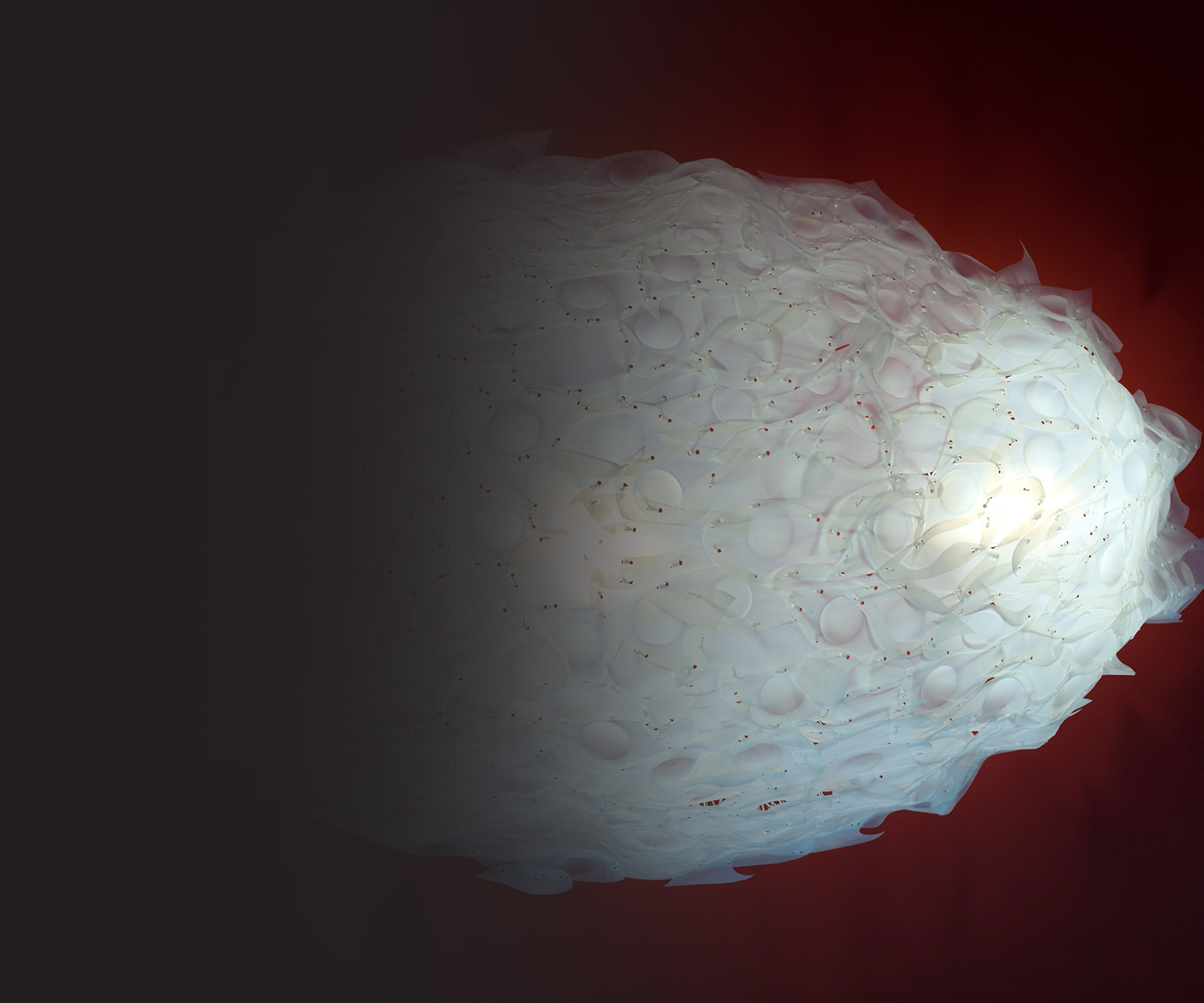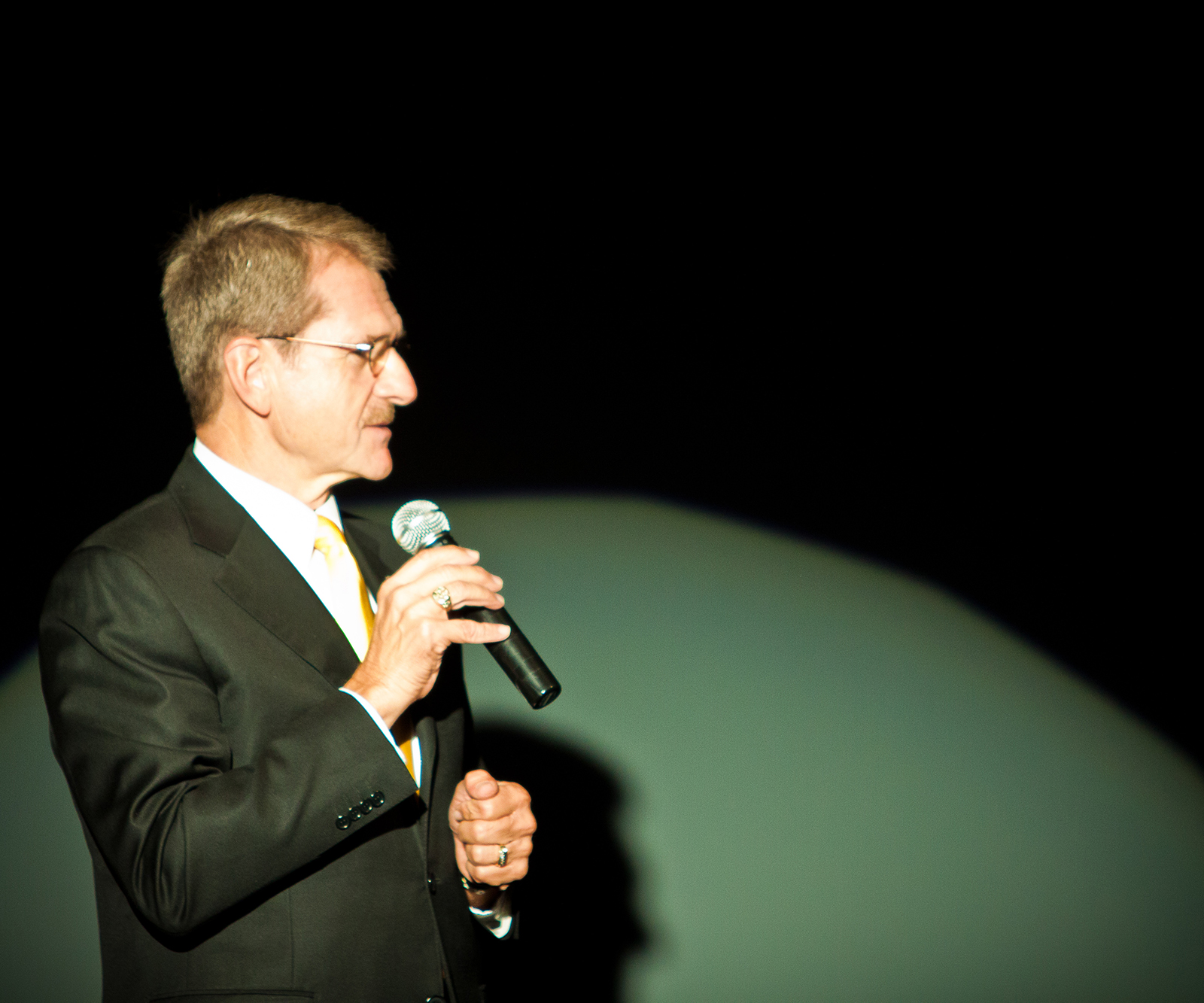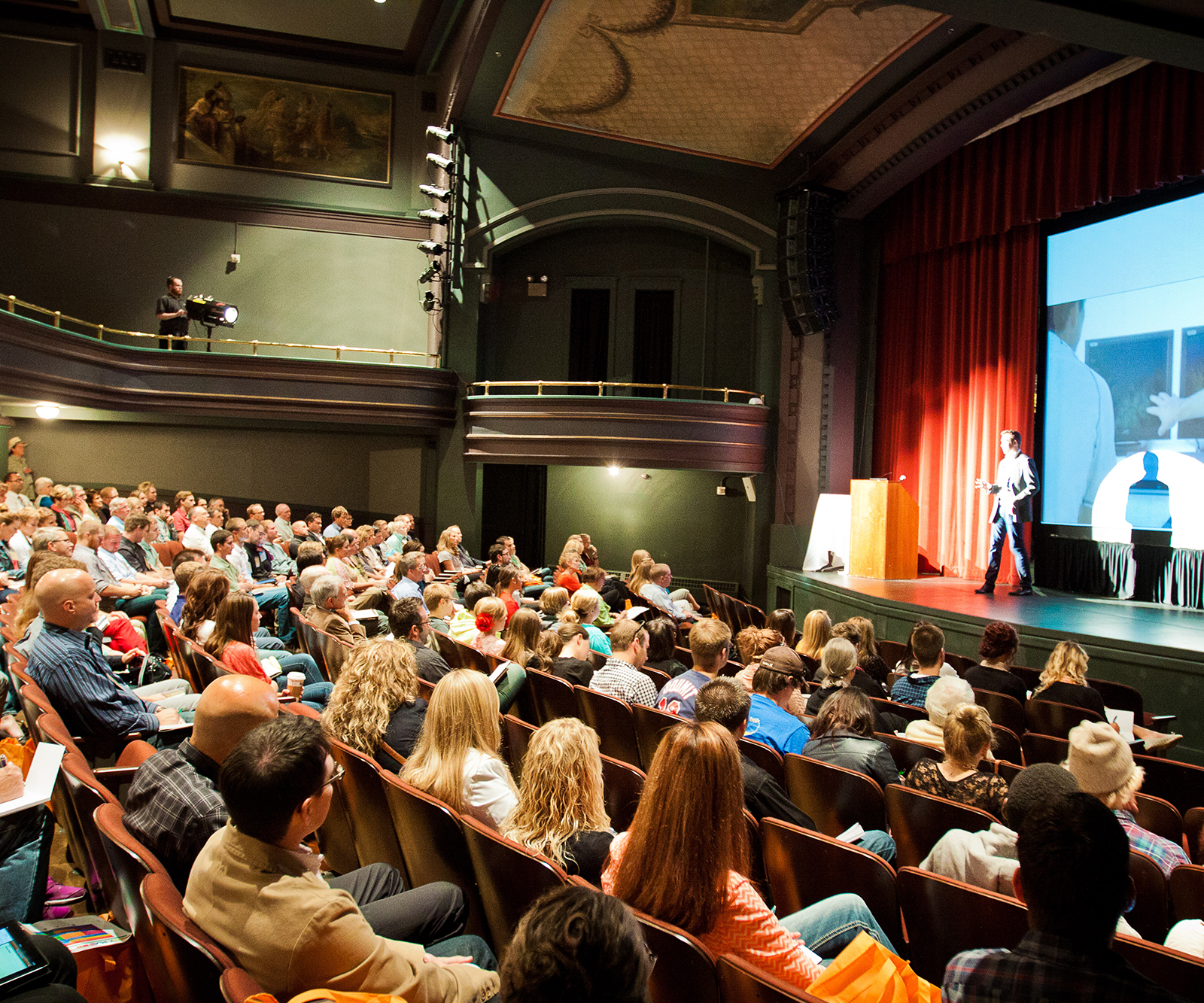Plain Awesome
Plain Green Conference

Tossed out, flushed, drained, ditched, dumped, discarded, disposed of, scrapped, and thrown away.
Away.
We have a lot of terms for removing what we no longer have use for. Among them, perhaps the most convenient is “away.” But where is “away?” It might as well be another planet. Just a glorious orbiting sphere of trash. Or maybe it’s a mystical incantation that renders our waste non-existent. “Henceforth the items of this receptacle shall now be considered ‘thrown away!’” The masses rejoice and poof, it’s gone. Out of sight and out of mind.
But, if you could for a second, imagine a world where there is no “away.” Imagine that everything we create and consume has to go somewhere and occupy space until it decomposes – if it decomposes. This exercise should be quite easy actually, because this world is very much like our own. In fact, it is our own.

Part II
We might be a little late to the game. “We” as in America and even more so, South Dakota and on a micro scale, Sioux Falls. Even though “going green” is a buzz term that everyone understands, sustainability as a cultural phenomenon has only occupied the periphery of our thoughts in recent years.
Sure, systems have been in place for much longer. We learn the three environmental Rs in elementary school – reduce, reuse, recycle. And while sustainability has always had its advocates, it’s mostly been an afterthought for the average person.
“Going green” is too often seen as noble act, not a necessary one. That’s why our cultural perception of sustainability needs an adjustment. And that’s why, at a local level, a partnership was established only seven years ago to begin the process of advancing sustainability in the northern plains.
In 2007, newly appointed South Dakota State University President David Chicoine and Koch Hazard Architects laid the foundation for South Dakota’s first sustainability conference, Plain Green. President Chicoine appointed the Chair of the Department of Consumer Sciences, Jane Hegland, as the University’s representative to work with Stacey McMahan of Koch Hazard to bring the vision to life. With backgrounds in design and sustainability, each organization began coordinating.
“We wanted this to be a little bit different,” said Hegland. “We were really trying to reach out to a range of professionals, artists and scholars who think about sustainability in a broader perspective.”
That’s where Plain Green expands on the basic understanding of sustainability. It’s not just recycling our beer bottles and cottage cheese containers. It’s not just selecting the right materials or water-saving systems for our new homes. Sustainability encompasses everything that can help us be healthier people who can create a healthier planet.

Part III
One day each year, Plain Green invites experts from around the world to introduce new ideas in food systems, environmental issues, works of art, and social justice, just to name a few topics. These experts include sustainability giants like Allan Savory, Philippe Cousteau Jr., and Cameron Sinclair. Attendees range from college students and faculty, to industry professionals, to ordinary citizens who are just looking for new ways to reduce their carbon footprint.
Each year, the conference grows and adjusts as it continues to discover its potential. In addition to an exemplary lineup of speakers, during certain years, the Plain Green Conference has included a marketplace where local merchants and organizations can share their sustainability efforts. And as the conference has grown, people outside of the design industry have taken notice.
“The Brookings Mayor offers to send their city sustainability council members to Plain Green,” shared Hegland. Involving more civic leaders is one place Hegland and the rest of the Plain Green board would like see the conference grow. Additionally, they’re expanding into their third location in seven years, hosting the conference at the Hilton Garden Inn downtown in Sioux Falls.
But growth hasn’t been limited to the conference venue, diversity of attendees or clout of presenters. Hegland says the Plain Green Conference has even led to changes at the university. In conjunction with the inception of the Plain Green, SDSU created the faculty-led Environmental Stewardship and Sustainability Committee, and launched a campus-wide recycling initiative which Hegland says caused people to stop and pay attention to their impact on their environment.
“When you’re able to understand the value of sustainability from a broader perspective, then you can choose the sustainability products [and practices] that impact your field.”
Plain Green hopes that by setting aside one day each year to focus on sustainability issues and discover creative solutions they will inspire community leaders and members to adopt practices that will improve our communities. And if nothing else, Plain Green serves as a subtle reminder to everyone that our future will be determined by the question, “What if there was no ‘away’?”
Explore Back to Pressroom
Back to Pressroom